Say Goodbye to Low Back Pain: Chiropractic Care, Rehab, and Training for Lasting Relief
Low back pain is one of the most common complaints we see in our clinic, and it’s no surprise—80% of adults experience low back pain at some point in their lives. Whether it stems from a disc bulge, herniation, or sciatica, this type of pain can be debilitating, affecting everything from your daily movements to your overall quality of life.
But here’s the good news: you don’t have to live with back pain. At Identity Chiropractic, we take a holistic approach to treating low back pain by combining chiropractic care, rehab, and strength training to address the root cause—not just the symptoms. Our goal is to educate and empower you to build proper movement patterns, develop strength, and maintain long-term health.
Understanding Low Back Pain: Disc Bulges, Herniations, and Sciatica
Low back pain can have a variety of causes, but two of the most common culprits are:
1. Disc Bulges and Herniations
Your spine’s discs act as cushions between your vertebrae, absorbing shock and allowing movement. A disc bulge occurs when the disc's outer layer begins to protrude, often due to poor posture, repetitive strain, or improper lifting techniques. If the bulge worsens, it can lead to a herniation, where the disc material pushes through the outer layer, irritating nearby nerves.
2. Sciatica
Sciatica occurs when the sciatic nerve, which runs from your lower back down your legs, becomes compressed or irritated. It often results in pain, tingling, or numbness radiating down one or both legs. Disc issues, muscle tightness, or misaligned joints are common contributors to sciatica.
How Chiropractic Care Can Help
At Identity Chiropractic, we use a variety of evidence-based techniques to address your back pain. These include:
Chiropractic Adjustments
Realigning the spine can relieve nerve pressure, restore mobility, and improve overall function.
Dry Needling
Targeting tight muscles with dry needling can release tension and improve blood flow, accelerating recovery.
Cupping and Scraping
These myofascial release techniques help reduce inflammation, improve circulation, and break up adhesions in soft tissues, promoting better mobility.
Rehab and Strength Training: Building a Strong Foundation
Chiropractic care is just one piece of the puzzle. To ensure long-term relief and prevent future injuries, we focus on rehab and training to retrain movement patterns, improve mobility, and build strength.
Step 1: Learn Proper Movement Patterns
We teach you how to move efficiently—whether it’s bending, lifting, or sitting. Improper mechanics can exacerbate low back pain, while proper patterns protect the spine.
Step 2: Increase Your Ability to Perform These Patterns
Through rehab exercises, we improve your mobility, flexibility, and control, allowing you to perform movements safely and confidently.
Step 3: Build Strength on a Solid Foundation
Strength training is essential for stabilizing the spine and preventing future injuries. By targeting key muscle groups like the core, glutes, and back, we build resilience into your system.
Top 8 Exercises for Low Back/Disc Pain
Here’s a sample of the exercises we often recommend, inspired by principles from the McGill Method, McKenzie Method, and Dynamic Neuromuscular Stabilization (DNS).
1. McGill Curl-Up
Why: Strengthens the core without placing strain on the spine.
How: Lie on your back with one leg bent and one straight. Place your hands under your lower back for support. Lift your head, neck, and shoulders slightly off the ground, holding for 5–10 seconds.
Sets/Reps: 3 sets of 10.
2. Bird Dog
Why: Improves core stability and balance.
How: On hands and knees, extend one arm and the opposite leg. Hold for 5 seconds, then switch sides.
Sets/Reps: 3 sets of 12 per side.
3. Side Plank
Why: Strengthens the lateral core and stabilizes the spine.
How: Lie on your side with your elbow under your shoulder. Lift your hips off the ground, keeping your body in a straight line. Hold for 20–30 seconds per side.
Sets/Reps: 3 holds per side.
4. Cat-Cow Stretch
Why: Promotes spinal mobility and flexibility.
How: On hands and knees, alternate between arching your back (cat) and dropping your belly (cow).
Sets/Reps: 3 sets of 10.
5. McKenzie Press-Up
Why: Helps reduce disc-related pain by encouraging extension.
How: Lie on your stomach and prop yourself up on your elbows. Hold for 10 seconds, then relax. Progress to full push-ups as tolerated.
Sets/Reps: 3 sets of 10.
6. Hip Hinge Drill
Why: Trains proper bending mechanics to protect the spine.
How: With a dowel along your spine (touching your head, mid-back, and tailbone), hinge at your hips while keeping your back straight.
Sets/Reps: 3 sets of 10.
7. Dead Bug
Why: Builds core stability with controlled movement.
How: Lie on your back with arms and legs raised. Lower one arm and the opposite leg toward the ground, then return to the start.
Sets/Reps: 3 sets of 12 per side.
8. Glute Bridge
Why: Activates the glutes and supports spinal stability.
How: Lie on your back with knees bent. Lift your hips, hold for 2 seconds, then lower.
Sets/Reps: 3 sets of 12.
Take Control of Your Back Pain
At Identity Chiropractic, we’re committed to helping you move better, feel stronger, and live pain-free. Through personalized chiropractic care and evidence-based rehab and training, we empower you to take control of your back health.
Ready to get started? Contact us today to schedule your consultation and take the first step toward lasting relief!
